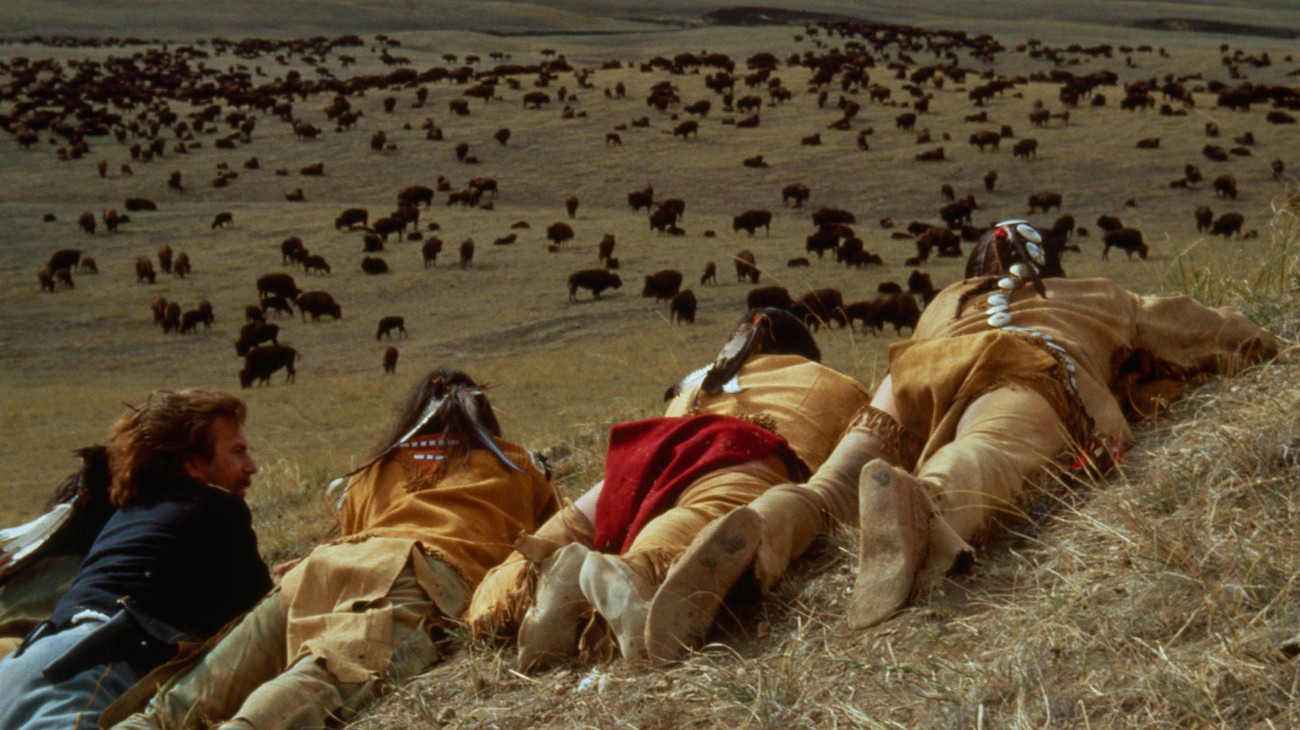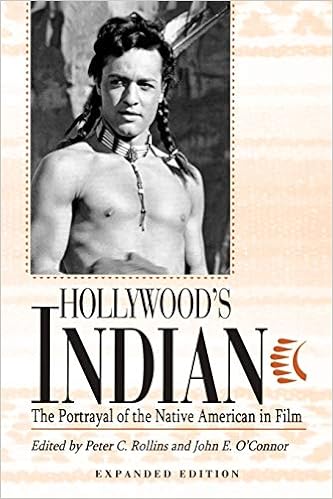Synopsis of “Rosewood”
John Singleton’s movie, “Rosewood”, is a cinematic depiction of the racial injustice in 1920s United States. More importantly, the movie illustrates the human injustice that existed as the core element of America’s antebellum slavery paradigm. Life for slaves before the Civil War, and life for African Americans after the Civil War, shifted within that paradigm where those in power benefited from the expendability of humans of another race. The slavery paradigm has been a part of human history from the beginning of man; it is a paradigm of human injustice.
The movie, though not completely factual, takes place in a small self-sustaining black community, Rosewood, in Levy County, Florida. During the morning on New Year’s Day in 1923, a beautiful young white woman, named Fannie Taylor, alleges that she had been sexually assaulted by an African American in her home in Sumner, Florida. However, viewers of the movie know the allegation was a fabricated lie. Singleton directs a scene prior to the false allegations wherein she is assaulted by her lover who was a white man.
When the members of the Sumner community heard about Fannie’s claim, they did not question whether she was telling the truth. As is common in small communities, rumors spread fast, and gossip is a common pastime activity. The fabricated accusation grows to include rape of Fannie by a black man. It was easy for the Sumner community to believe the accusations were true because the general attitude of white individuals towards black individuals was saturated in perverse negativity and superiority. Even though 60-plus years had passed since the Emancipation Proclamation, African Americans were thought of, spoken of, and treated less than their fellow white man. Add to the mix a struggling national economy, it was no time before the men in the white community of Sumner formed a lynch mob that committed violent, murderous, and destructive acts against innocent members of Rosewood. The massacre lasted from January 1, 1923 through February 15, 1923.
Not one individual was ever charged for their part in the attack upon Rosewood. The secret laid buried until 1982 when investigative reporter, Gary Moore, published his discovery of the atrocities that took place. In 1994, relatives of and survivors of the Rosewood massacre were compensated by the Florida Legislature in the passing of the Rosewood Bill.
As mentioned earlier, this film is not a 100% factual. To keep the audience captivated and to add dramatic flair to the script, Singleton created a fictional character for the film: Mr. Mann portrayed by (Ving Rhames). There was no member of the 1923 Rosewood community by the name of Mann. In the movie, Mann is the protagonist portraying a courageous, unshaken hero, like a Knight in Shining Armor. There are not normally John Wayne types that rescue us from tragedies and injustices in real life. Aside from the fictional Mann character and a few other tweaks of the A Documented History of the Massacre storyline, the movie was historically accurate. To this day, the actual death toll in the 1923 Rosewood community is unknown. Lastly, if you try to get the historical perspective from relatives of/or survivors from a nearby white community or the historical perspective from relatives of/or survivors from the 1923 Rosewood community, you will get two different stories,
This movie can be summed up as an open window into America’s history where racial injustice was widespread while masked with the Pledge of Allegiance that proclaimed liberty and justice for all, regardless of if one’s race was white, red, yellow, brown, or black.
Critical Appraisal of the Historical Accuracy and Context:
John Singleton uses the story of the Rosewood Massacre to create a strong, engaging film that also addresses the conditions that African Americans had to endure in the 20th century. Due to the lack of information on the massacre for about 60 years some of the facts of the film are questionable. Some of the characters may be different representations of one actual survivor and the death toll is not officially known. While the State of Florida officially only recognizes 8 deaths in the massacre, at the time this film was made, many of the living survivors said the death toll was between 40-150 people. John Singleton chose to portray the massacre as told by the survivors, depicting mass graves of Rosewood residents rather than the deaths of only 8 people. Despite certain questionable facts, the film is accurate in portraying the constant threat of violence that did not disappear following emancipation and reconstruction but rather became enhanced through the rise of lynchings. Rosewood depicts the prevalence of lynching as well as the culture of lynch mobs and their intentions, which were socially acceptable at the time. The film engages with common Black stereotypes that were heavily believed during the 20th century such as the assumed criminality and violence of Black people and the white response to these stereotypes. Singleton can create dynamic characters that are used to address criminality and the constant threat towards Black people and livelihood. Despite the Rosewood Massacre falling outside of the time period of History 2065, it is still valuable as it portrays the ways in which Black stereotypes and threats, we studied were perpetuated into the 20th century and how systems of oppression did not disappear after slavery but rather they evolved to continue to harm Black people.
In response to news of the “rape” and two white men killed, Singleton portrays large groups of men including members of the Klan preparing to attack Rosewood and celebrating the lynchings of other Black men. D.W. Griffith’s 1915 “The Birth of a Nation” was a catalyst in the strong resurgence of the Ku Klux Klan, in opposition to the criminality and threat of Black people, especially the Black man. “The Birth of a Nation” portrayed the Klan as a virtuous group of white men going to protect and avenge the honor and innocence of white women who were at risk of being harmed and raped by Black men. This large increase in Klan activity in 1915 as a result of this film provides historical and cultural context to the events of 1923 Rosewood massacre.
This film engages the historicity and commonality of lynchings. Lynchings are a form of mob violence in which the group assumes the positions of judge, jury, and executioner. Lynchings were extremely common during the late 19th century through the mid-20th century. Singleton can capture how the purpose of lynchings was not always as punishment for a specific crime as very little evidence was needed to justify whether one was guilty or not. An accusation of being guilty was more than enough “evidence,” as was depicted in the film despite the characters lack of actual association with the offense. Singleton’s portrayal of the intentions of the lynch mob accurately portrays how lynchings were used to keep Black people under the constant threat of violence and death and to keep them “in their places” at the risk of being lynched. The willingness to kill an entire town to find one man based on many lies created to avoid punishment or embarrassment despite them threatening Black people addresses the ways in which Black lives were valued at the time. In many examples in the film, Singleton can represent how the word of Black people is significantly devalued in comparison to the word of white people at this time, even in comparison to the lies of white people. Despite telling the truth Black people are lynched and nearly lynched unless a white character was able to step in to provide credibility and protection for them. Lynching is an example that Black bodies and lives were viewed as disposable and worthless and could be threatened for the gain of white people who went unpunished by the law.
Through its portrayal of the difference in credibility of the word of Black and white people, the film challenges the historical stereotype of the innocence and purity of white women. The audience can witness the adulterous actions of Fannie Taylor and her lie to cover up her actions. The lynch mob does not make any effort to really find out any facts rather than threaten to lynch all the Black men and people of Rosewood. However, it is their acknowledgment of the fact they know the Black people lynched were likely innocent and they suspected her of lying that is so significant to addressing the trope of the innocent and pure white woman in films such as these and in American culture at the time. This is significant because despite the film being based on the events of the 1923 Massacre, this film was created in 1997 and so by then the world had more recently witnessed the repercussions of lies such as these through events such as the murder of Emmett Till. I believe that events such as the murder of Emmett Till likely informed the way that John Singleton chose to deal with and portray the lies of Fannie Taylor and the consequences.
Historically it is significant that Jesse Hunter was portrayed in this film to have run away from a chain gang because of how chain gangs were another threat to Black livelihood. During the reconstruction era, Chain gangs were created as a new form of free manual labor using convicts following the emancipation of Black people. The 13th Amendment abolished slavery and involuntary servitude unless as punishment for a crime. Therefore, as a result Black man were brought up as criminals for nearly any of every offense including vagrancy and made to serve extremely long sentences to be used as means of labor. This was a new threat to freedom and equality for Black people that was spoken of in the 19th century and this practice continued to threaten the freedom and livelihood of Black people into the mid-20th century. Chain gangs are the representation of the evolution of slavery and the value of Black people as means of labor. Like how runaway slaves were sought after, we see Black people who ran away from chain gangs being sought after.
Related Readings
One important aspect of the Rosewood Massacre is how undocumented and difficult to research it is. This is important because it displays the fact that even today, events like these that disparaged minority communities are avoided in media because it is something that people are uncomfortable with, mostly since people do not like to think that there could exist such atrocities in their own country. Because of this, I could only find a couple of books written about the massacre. One such book is The Rosewood Massacre: An Archaeology and History of Intersectional Violence by Edward González-Tennant, who said that his primary goal in writing it is to shed a light on the deep temporal connections between past racial violence and modern social inequality. This book was written in 2018. The other book, Like Judgment Day, written by Michael D’Orso in 1996, was the first written account of the Rosewood Massacre and uncovered many of the secrets surrounding the event. D’Orso said that his book “reveals the real story of the ruined lives, the shattered dreams, the haunting aftermath, and the ultimate hope and resilience of Rosewood’s survivors.” The closest thing to a primary source I could find for the massacre is an interview done by Home Magazine Gainesville with Lizzie Jenkins, whose aunt and uncle were members of the Carrier family. She describes how the pain and shame of the massacre is held in her family for eternity. Reading this interview shows the reader another side to the story that the movie was unable to fully grasp, which is the long-term emotional and psychological effect that the massacre truly has on families that were attacked. It is an effect that cannot be truly understood as an outsider that is only looking in from an unaffected and unharmed standpoint.




























